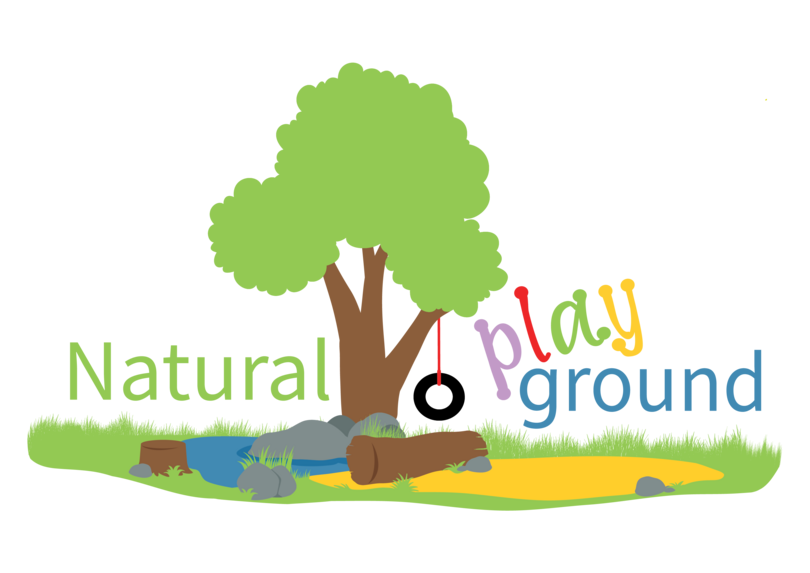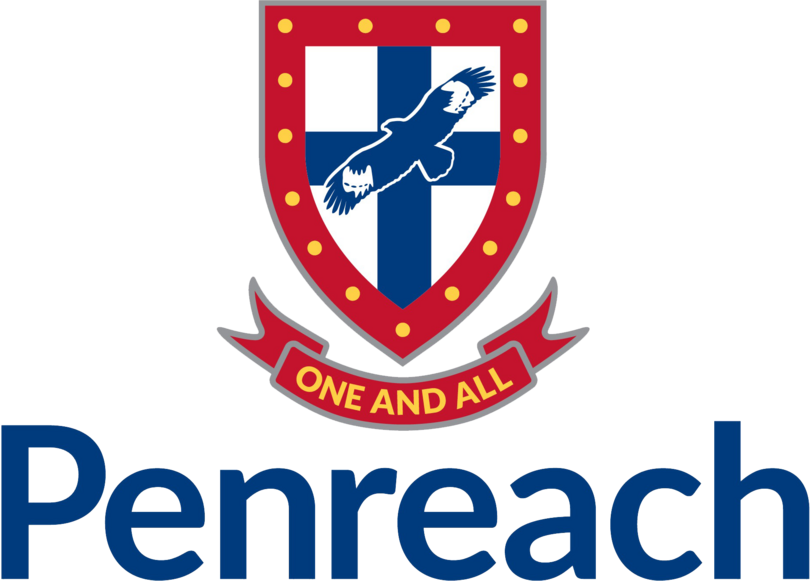Tool 8 Activity Plan
Ensure that everything you have planned can be completed on time and on budgetBudget A budget is a financial plan that shows what money you expect to have and what money you expect to spend to achieve your plans. by creating an activity plan that is easy to understand.
When do you use the Activity Plan tool?
Once you have outlined your objectivesObjective A description of the thing that you plan to do or achieve. it is important to determine the resourcesResources A supply of money, materials, staff, volunteers, and other assets that can be used by the project to effectively achieve its aims. needed to achieve your goal. You can use the Activity Plan tool to draft a budget for your project. Summarising all resources on one sheet prevents you from duplicating items or persons needed.
Who can use the Activity Plan tool?
- Individuals
- Groups or teams
- Workshop facilitators
How do you use the Activity Plan tool?
For each objective and activity, identify the resources needed to complete the activity, potential places or people to source the resources from and the overall cost of resources for that activity. Do this by completing the prompts in the tool below. Once you have completed the tool, use the request for donation sample letter as a guide when contacting possible donors.
For multiple objectives you can download and print out the worksheet to fill it in by hand or you can copy the prompts onto a piece of paper and write down your answers.
Use the resource inventory you created using Tool 4 to answer the prompts and add in new resources only if necessary. This helps you make sure you’re using everything you have and keeping costs down.
Activity Plan
Sample Letter: Request for donation
Dear parent / guardian / community member
Request for loose parts for our new playground
At the Most Fantastic Pre‐School we believe that play is critically important to the development of our children. We would like to empower our children’s creativity! We want our children to have a variety of different materials and objects (loose parts) to move, carry, combine, redesign, line up, take apart and put back together in multiple ways!By stocking our new active open play space – located in the centre of our school – with loose parts, we want to offer children:
- daily inspiration
- endless possibilities
- a chance to think
- encouragement to be creative.
Why do we believe this is important? With children’s natural curiosity and creativity, using loose parts will support brain development, scientific experimenting, mathematical thinking, risk-taking, and learning by trial and error – skills we want our children to have in order to be successful for the rest of their lives!
In order to stock up, we need your help to gather all that we need for our ‘loose parts’. If you have anything at home, or anything you can perhaps gather with your children on an outing, we would very much appreciate it. Please see the list below for items we are looking for.
We appreciate your help and thank you for your support
Kind regards,
MS E.C, Diva
Principal Teacher
Loose parts:
- wooden coins (slices of wood about 3 cm thick)
- logs of different heights and widths
- chalk
- cardboard boxes of various sizes and shapes
- leaves, feathers, shells, or pine cones
- stones, pebbles, or rocks
- milk and bread crates
- wooden pallets
- buckets, tubes, and plastic gutters
- funnels and hosepipes
- nets
- tyres of different shapes and sizes
- steering wheels
- computer keyboards
- old clothes for dressing up.
If you prefer, you can download the worksheet and print it out.


